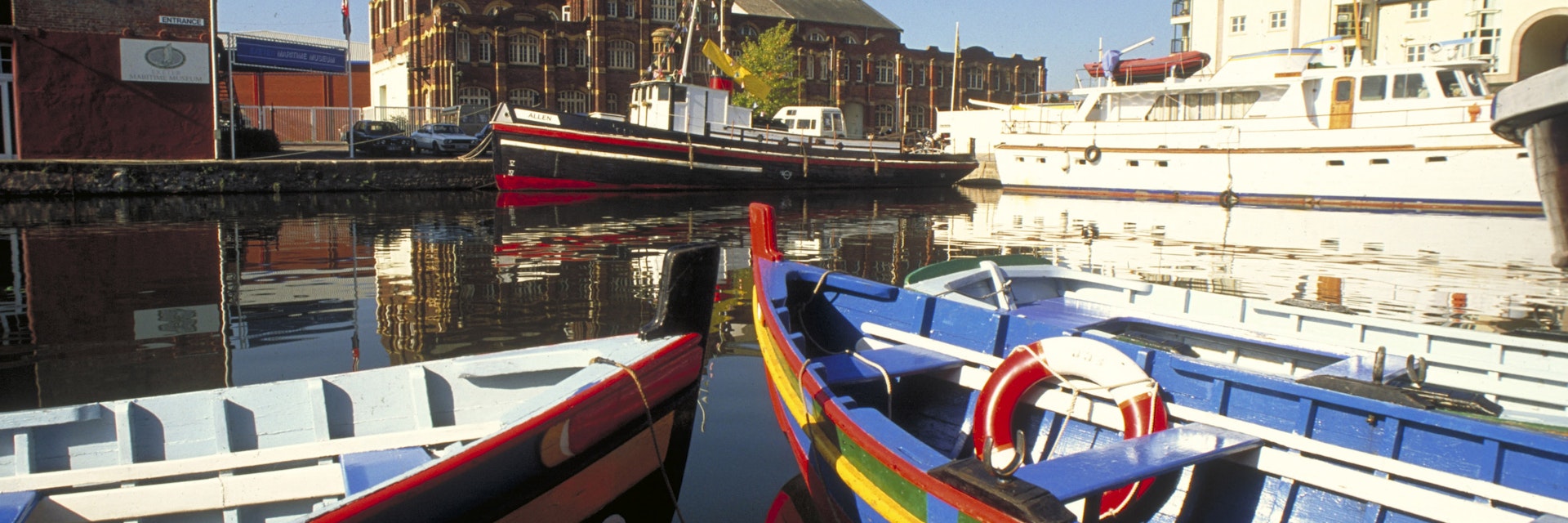On fine sunny days the people of Exeter head to the quay. Cobbled paths lead between former warehouses that have been converted into antique shops, quirky stores, craft workshops, restaurants and pubs (popular spots for al fresco drinks and people-watching).
The quay features evidence of the city's wool-processing and export business which, by the 18th century, had made Exeter the country's third most important trade centre. Look out for the stately 17th-century red-brick Customs House (complete with cannons) and the gabled 18th-century Wharfinger's House, home to the man who collected the wharfing fees.
The nearby Quay House was built in 1680 as a wool store and today houses the Custom House Visitor Centre. Wool-trade-related exhibits include 'tillet blocks' – carved wooden tiles used by merchants to stamp their crests on to fabric. One shows a weaver sitting at a loom. The centre also stocks leaflets detailing other stops on Exeter's Woollen Trail.
The quay is also the springboard for walks, cycling and canoe voyages. Boat trips and summer-time free guided tours leave from here. To cross the river, head for bathtub-like Butt's Ferry, which is propelled by a ferryman pulling on a wire.





